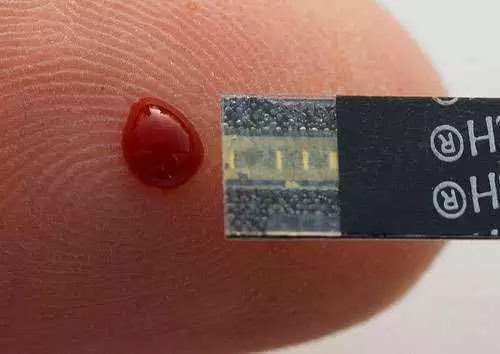Celiac.com 01/04/2010 - The practice of using antibody testing to diagnose celiac disease has led to an explosion in the number of cases detected among children, coupled with a rise in median age at diagnosis, a new study suggests.
European studies have shown that celiac disease is a multi-system disorder, affecting 0.3% to 1.0% of all children. A team of researchers recently set out to examine the impact of serological testing on childhood celiac disease in North America The research team consisted of Kelly E. McGowan, BHSc, Derek A. Castiglione and J. Decker Butzner, MD with the Department of Pediatrics, University of Calgary, Calgary, Canada.
Celiac.com Sponsor (A12):
Serological testing makes it easier to spot children with atypical or extra-intestinal symptoms or with conditions associated with celiac disease. Serological testing has resulted in a huge increase in celiac disease cases; it has tripled incidence levels, quadrupled diagnosis age, and brought about a greater understanding of the wide variety of presentations of celiac disease in North America.
Younger children are more likely to develop classic celiac disease, whereas older children seem more likely to show atypical presentations.
The goal of the study was to determine the effects of immunoglobulin A endomysial antibody testing on the incidence and clinical presentation of childhood celiac disease.
Researchers compared the incidence and clinical presentation of celiac disease in two groups of patients. Both groups were under a pretesting group of patients under 18 years of age in 1990–1996 and compared with a testing group of patients under 18 years of age in 2000–2006.
Average age at diagnosis was 2 years (95% confidence interval: 2–4 years) in the pretest group (N = 36), compared with 9 years (95% confidence interval: 8–10 years) in the test group (N = 199; P < .001); female/male ratios (1.6:1) were similar (P = .982).
Incidence of celiac disease increased from 2.0 cases per 100,000 children in the pretest group to 7.3 cases per 100,000 children in the test group (P = .0256).
Frequency of classic celiac disease decreased from 67% in the pretest group to 19% (test group; P < .001), but the incidence of classic celiac disease did not change (0.8 vs 1.6 cases per 100000; P = .154).
In the test group, researchers uncovered 13 previously unnoticed clinical presentations in 98 children, including 35 with family history, 18 with abdominal pain, and 14 with type 1 diabetes mellitus.
The frequency of Marsh IIIc lesions decreased from 64% in the pretest group to 44% in the test group (P = .0403).
In the test group, classic celiac disease was most common, making up 67% of cases in young children under 3 years, whereas atypical gastrointestinal and silent presentations were more common in older children.
Overall, the contribution of serological testing to the diagnosis of celiac disease has been enormous. Antibody testing for celiac disease has tripled the incidence of celiac disease and quadrupled the average age at diagnosis, thus offering millions of children a higher quality of health.
Source: Pediatrics, December 2009.







Recommended Comments
There are no comments to display.